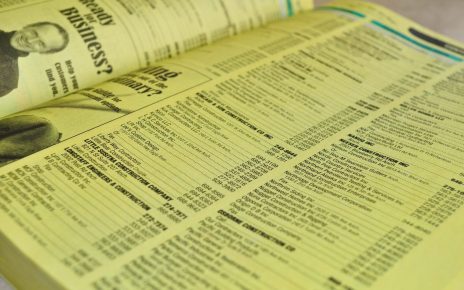Wine consumption is regarded as the most significant part of a royal and healthy lifestyle. There are various groups of people around the globe who will deliver a high level of customer engagement. When serving Laithwaites wines, it’s essential to follow the primary step to guide someone through the process.
Here you’ll find some easy-to-follow instructions for keeping your wines in tip-top shape; save £100 at Laithwaites from the minute they arrive on your doorstep through that first delicious sip.
Advice On Storing
These recommendations are valid for both short and long-term storage.
- We understand how tempting it is but refrain from opening bottles when they first arrive. A long voyage can dull a wine’s flavor. Allow your bottles to rest for a few days, and they’ll be back to normal.
- Keep your bottles out of direct sunlight, preferably in the dark, away from vibration sources, and at a consistent temperature between freezing and 18°C. These recommendations are crucial if you’re thinking about long-term storage.
- If a bottle of wine has a cork closure, it’s preferable to lay it horizontally to maintain the cork moist and fully extended, ensuring that the bottle is completely airtight.

Which Glass Should I Use?
The form of a wine glass is surprisingly essential, so choose wisely.
- To examine the hue and purity of wine, use a clear glass with a flat surface; avoid colored, hazy, or cut glass.
- Glasses in the shape of tulips are great. The comprehensive ‘bowl’ exposes a considerable portion of the wine’s surface to air, which aids in releasing aromas. This aroma is better funneled to you because of the tight entrance.
- Fill your glass about a third full (yes, just a third). This allows you to spin your wine without spilling it, which aids in aeration and releases more scents.
- Tall and thin flutes are ideal for Prosecco, sparkling wines, and Champagne. The wine’s fizz will last much longer this way.
Screw Caps Vs. Corks
- The dispute has died down recently, as an increasing percentage of consumers believe that the convenience of a screw cap is impossible to top. However, many wineries still rely on the tried-and-true cork, so you’ll probably have to remove one from a bottle at some time. A corkscrew is a must-have piece of equipment for any wine enthusiast. Because removing a cork requires quite a bit of force, it must have a secure grip.
- It should apply enough counter-pressure against the bottle’s rim to prevent the humiliating bottle-between-knees struggle.
- An open spiral with a clear line of sight down the center is the best screw mechanism. This ensures that as much of the cork as possible is grabbed.
- Winemakers favor the ‘Waiter’s Friend’ opposite, which is the most convenient corkscrew.

Serving & Decanting
Everything you need to know about decanting, serving temps, and more is right here:
- Young reds and a few whites benefit from decanting to bring out their aromas and flavors.
- Decanting a bottle of wine removes any sediment from the bottle. Hold the bottle up to the light to check for sediment. Pour your wine slowly if sediment is present, and stop when sediment begins to appear with the flow of the wine.
- If the wine is mature, decanting is an excellent strategy to avoid getting a mouthful of sediment. However, allowing mature wines to ‘breathe’ in a decanter does not significantly increase their quality. Before serving, let it sit for no more than 30 minutes.
- The longer a red wine must breathe, the denser it is, as assessed by its darker color. So it’ll obtain everyplace on or after 30 minutes to an hour.
- Whites that are crisp and dry should be poured straight from the bottle into your glass. If you let a rich, oaky white breathe in a decanter, it will grow more complex.
- The majority of wines are best served at temperatures below 18°C. However, given that “room temperature” is frequently higher, it’s better to allow your wines to cool if they’ve been left out.
Serving
Serve your wines at the proper temperature for optimal enjoyment at their very best.
- Rich Reds
Chianti, Merlot, Bordeau, Shiraz, and Malbec are some of the most well-known wines in the world.
It should be a cold temperature Between 16°C and 18°C/61°F and 65°F.
Before serving, chill for 10-15 minutes in the refrigerator.
- Dark Reds
Beaujolais, Red Burgundy, Grenache, and Pinot Noir are all examples of red Burgundy.
It should be fine Between 14°C and 16°C (57°F and 61°F).
Before serving, chill for 15-20 minutes in the refrigerator.




